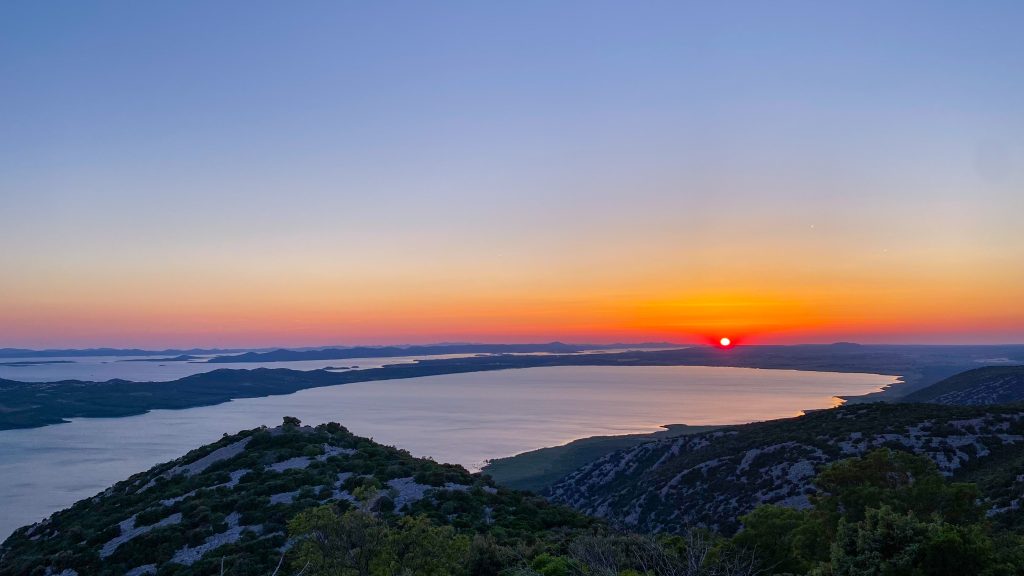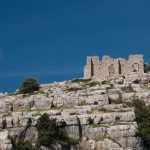Facebook is a wonderful world where you can go from being a tourist to a travel guide without any education. You go from asking for recommendations to becoming an authorized voice in the tourism field. It wouldn’t bother me if it were the case of people discovering the magic of a little-known and little-explored place, highlighting what a place has to offer that perhaps others were unaware of. But I find it interesting when a user (whose identity I will keep anonymous) says in a Facebook group that Zadar is a destination to stay for no more than 2 days.
I’ll pretend I didn’t read that, and instead try to answer this other user as concisely as I can:

Unfortunately, many Croatian cities are stereotyped and reduced to one or two points of interest. Dubrovnik is its walls and the filming location of Game of Thrones. Split is Diocletian’s Palace. Pula is the Roman amphitheater. While none of this is bad, it is true that for many people who stick to their travel itineraries they can come in and say they’ve seen it all. I don’t mean to change their mindset, but although word of mouth can be beneficial, it can also be dangerous if the ”first mouth” isn’t exactly right.
I can say now I’ve been on both sides. Almost exactly two years ago, my parents were visiting me in Rijeka, where I had just finished my semester of studies. The plan was to give me a lift to our home in Split, and we rented a car in Rijeka. Although it is possible to make the trip to Split on the same day, we decided that we would sleep one night on the way. We chose Zadar. The apartment we rented was in the very heart of Zadar’s old town, and we were at the beginning of the coronavirus pandemic. It was a very minimalist trip, and we barely got to know some of the main points of interest around the old town: the sea organ, the Greeting to the Sun, the Roman forum, the church of St. Donatus, and I think that was it.
I wish I could say that the pandemic was a legitimate justification for not exploring more (the infamous tennis tournament organized by Novak Djoković was taking place at that time), but I’m sure that at some point before we resumed the trip to Split we said: ”Ok. We’ve seen it all”.
Fate brought me back to Zadar two years later, and how wrong I was. I hadn’t seen anything.
I have to mention that what you probably already know about Zadar is definitely worth discovering. Watching a sunset from the sea organ and the Greetings to the Sun is not something to be underestimated under any circumstances. In the same way, the history that accompanies the old town through its churches, the Roman forum, the convents, and the city gates deserve all your attention, since we are talking about one of the most important cities in Croatia in terms of history.
If you’re not sure what else is there to see, it doesn’t hurt to go to a tourist office or ask a local for recommendations. It’s different when the person giving you recommendations on places to see or things to do was actually born there. It’s already personal. In most cases, they will want to leave a great impression of their hometown and also recommend things that one would not usually see. You must also remember that Croatia is not a country with isolated cities, but that it stands out a lot for its regions as a whole. Administratively speaking, yes, it is true that some cities are better positioned such as Pula, Rijeka, Zadar, Sibenik, Split, or Dubrovnik. But you would be surprised if you knew how much you can find beyond the Roman ruins and beaches in these cities.
Zadar is its Sea Organ, its Roman Forum, the Greetings to the Sun, the Church of St. Donatus, its Franciscan Monastery, and its Old Town.
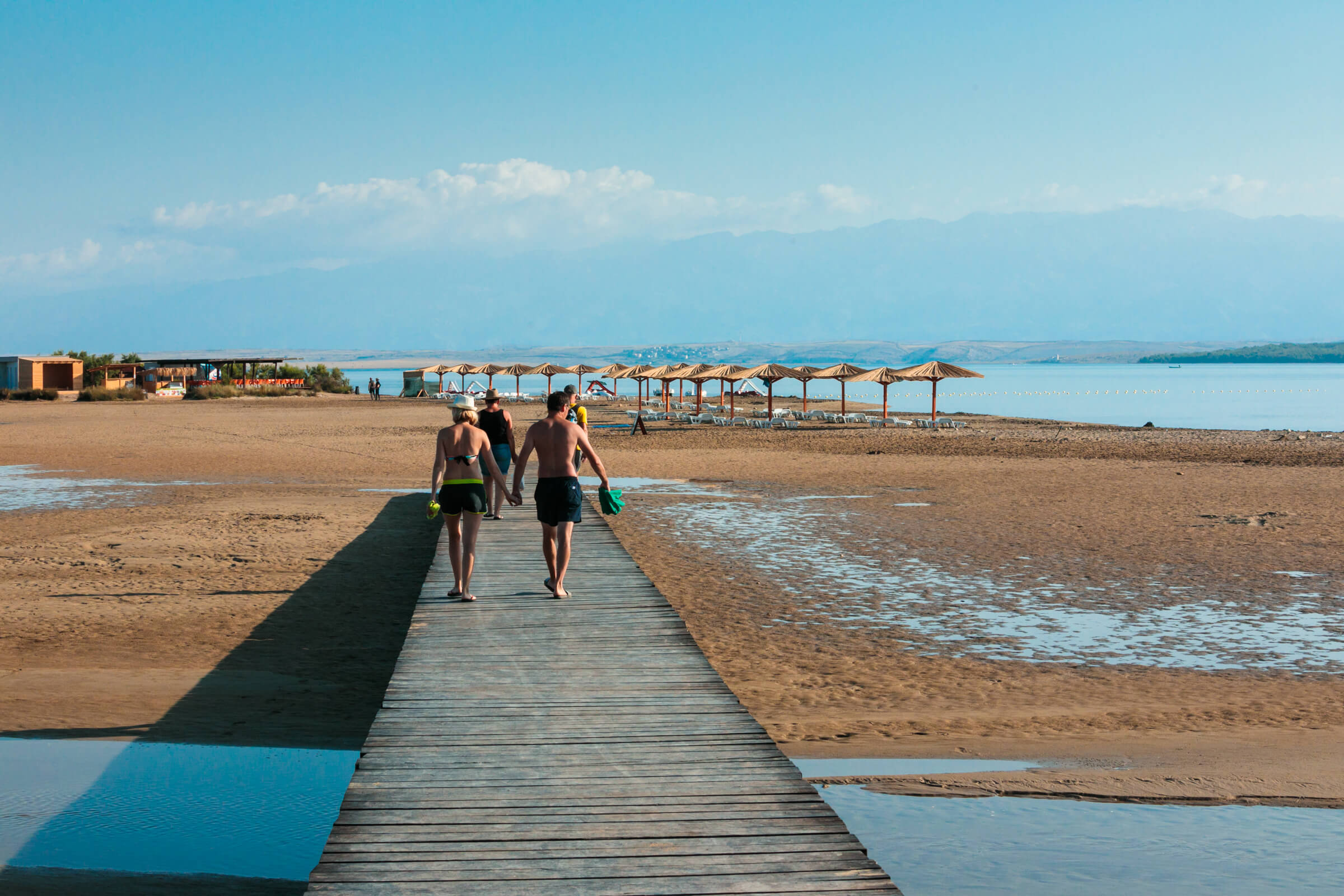
But Zadar is also the historical city of Nin and its healing mud beaches. (Image: Nin Tourist Board)
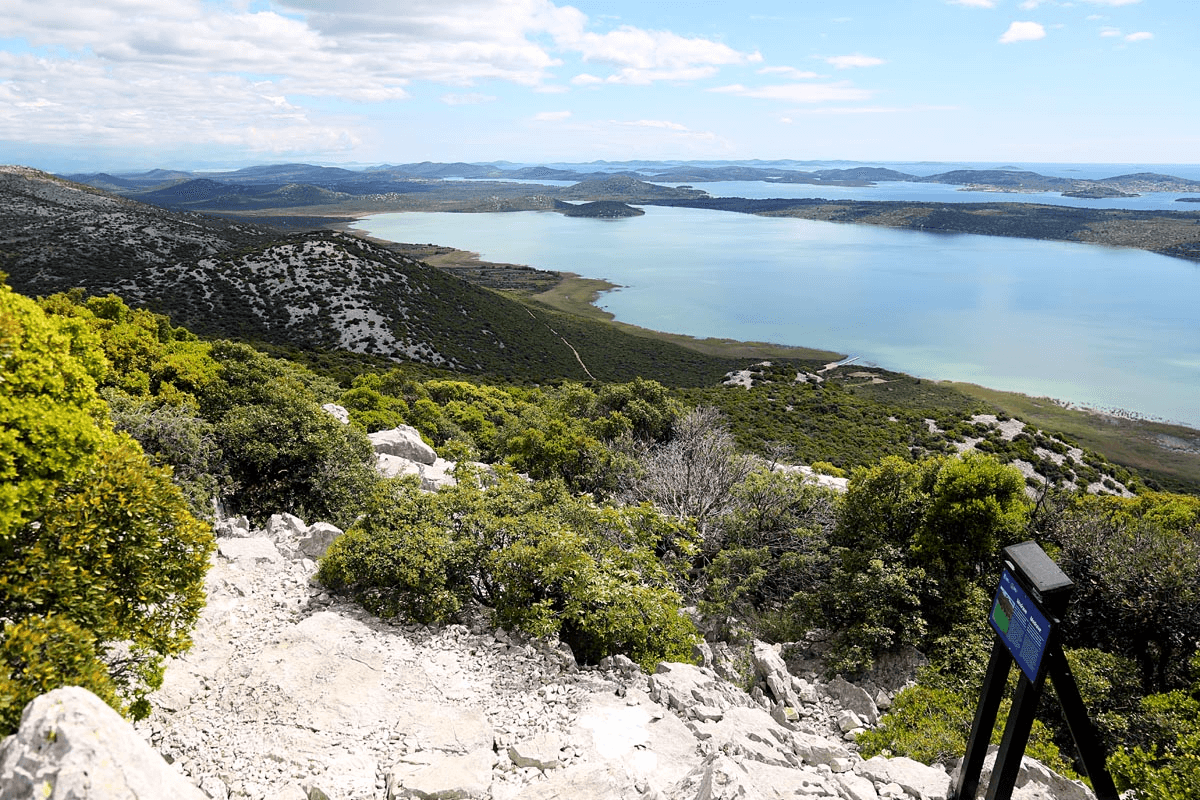
Zadar is the largest lake in Croatia, the Vrana, and its surroundings. (Image: Pakoštane Tourist Board)
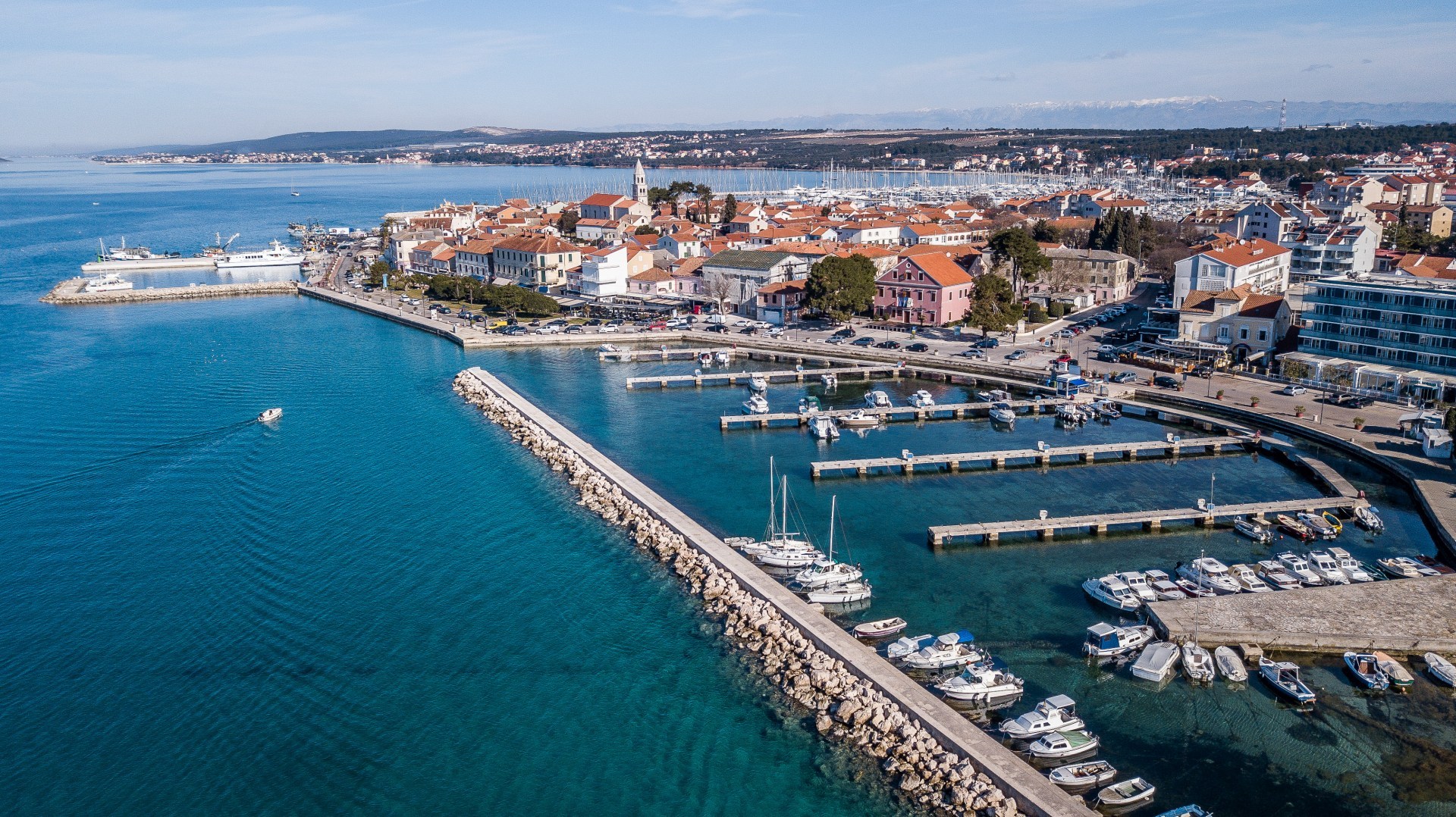
Zadar is the royal city of Biograd na Moru. (Image: Biograd na Moru Tourist Board)
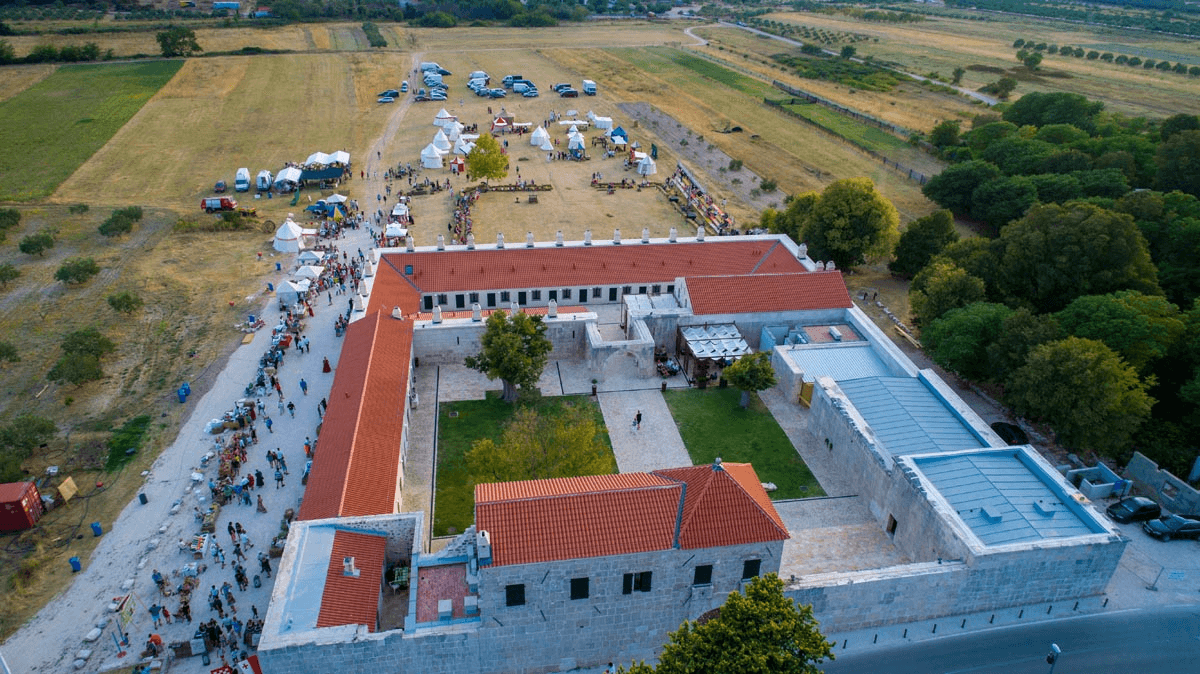
Zadar is the Ottoman residence of Maškovića Han. (Image: maskovicahan.hr)
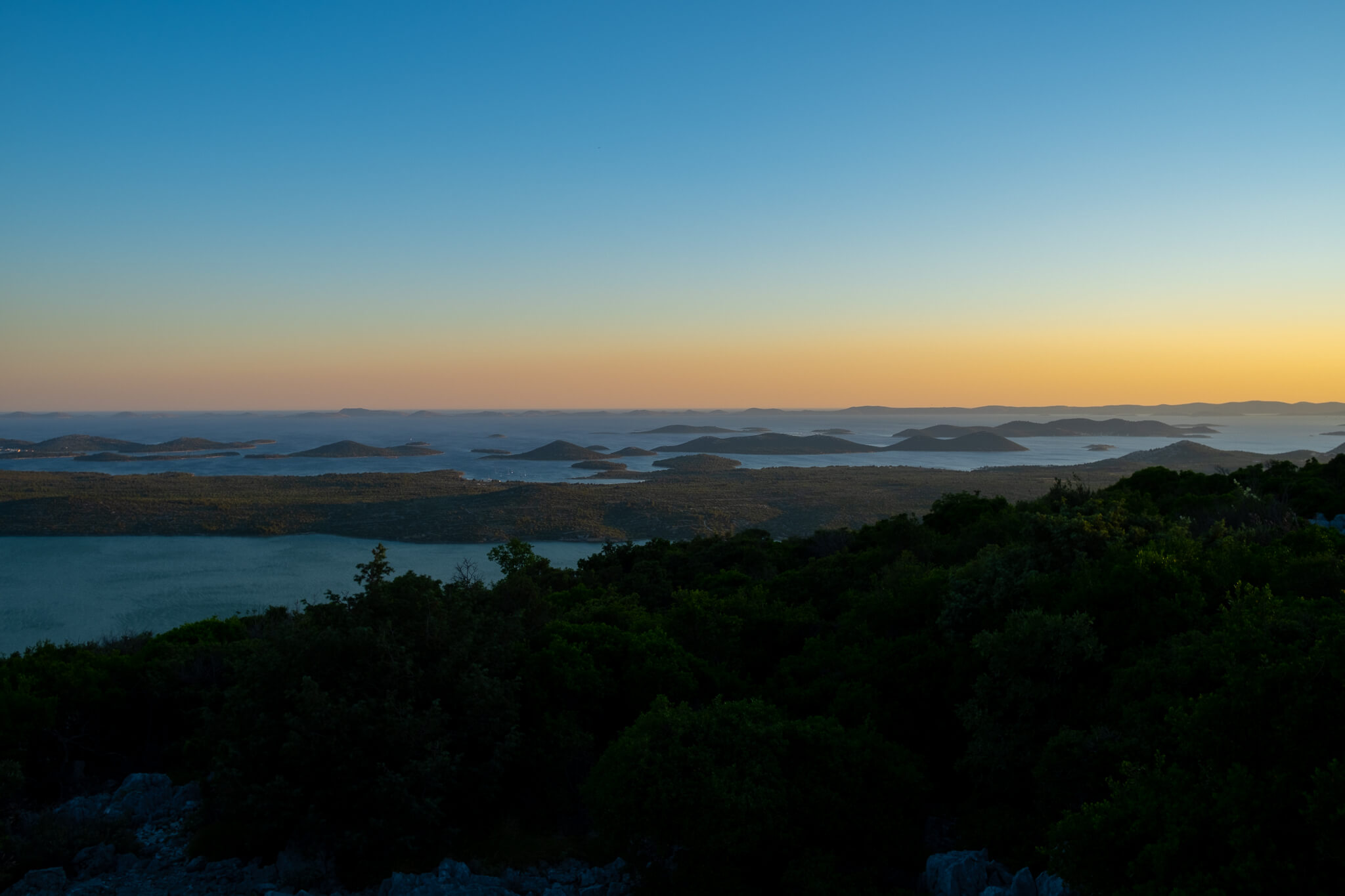
Zadar is the jawdropping views from Vidikovac Kamenjak. (Photo: Jose Alfonso Cussianovich)
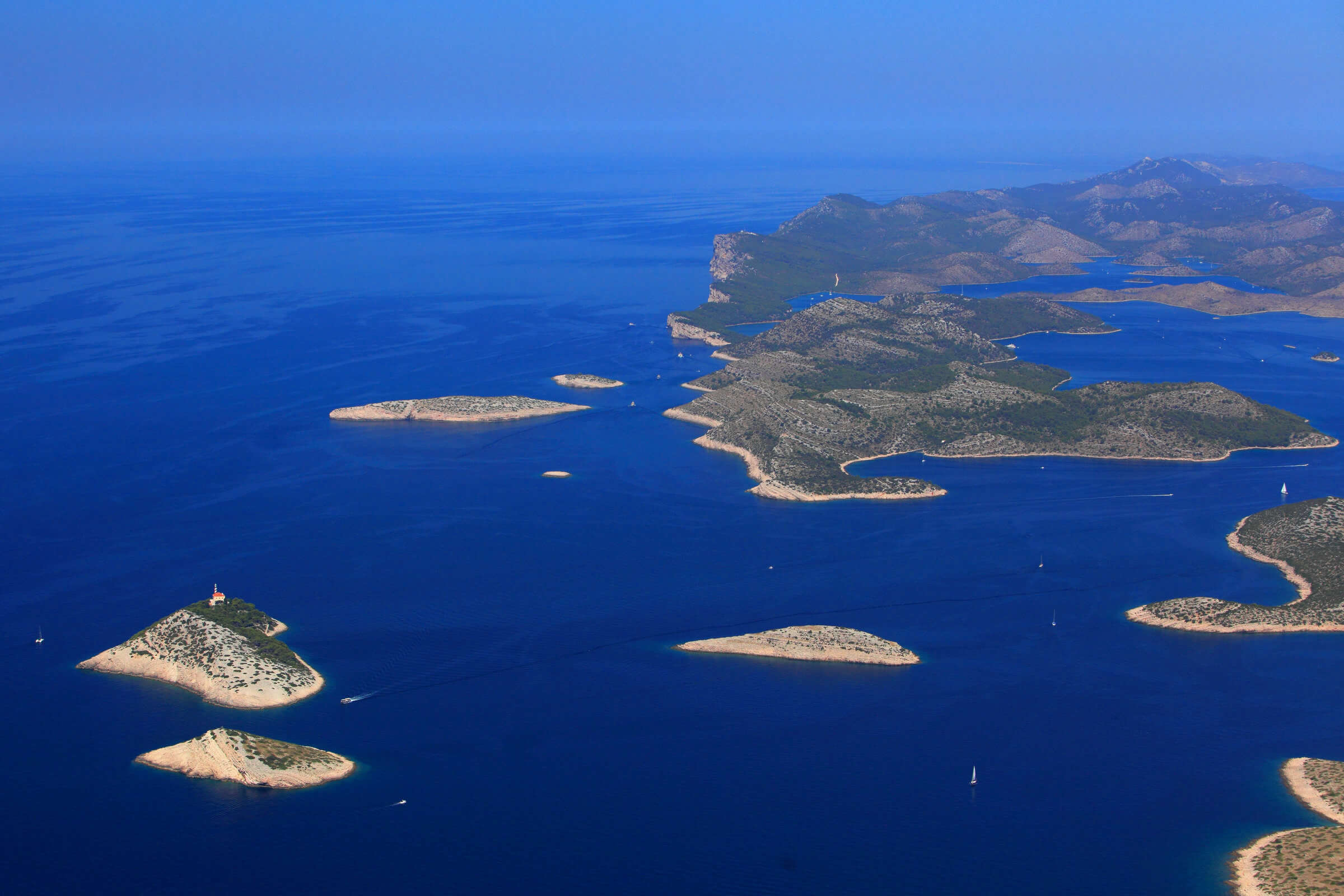
Zadar is sailing through the archipelagos of Kornati and Telašćica. (Photo: Mario Romulic)
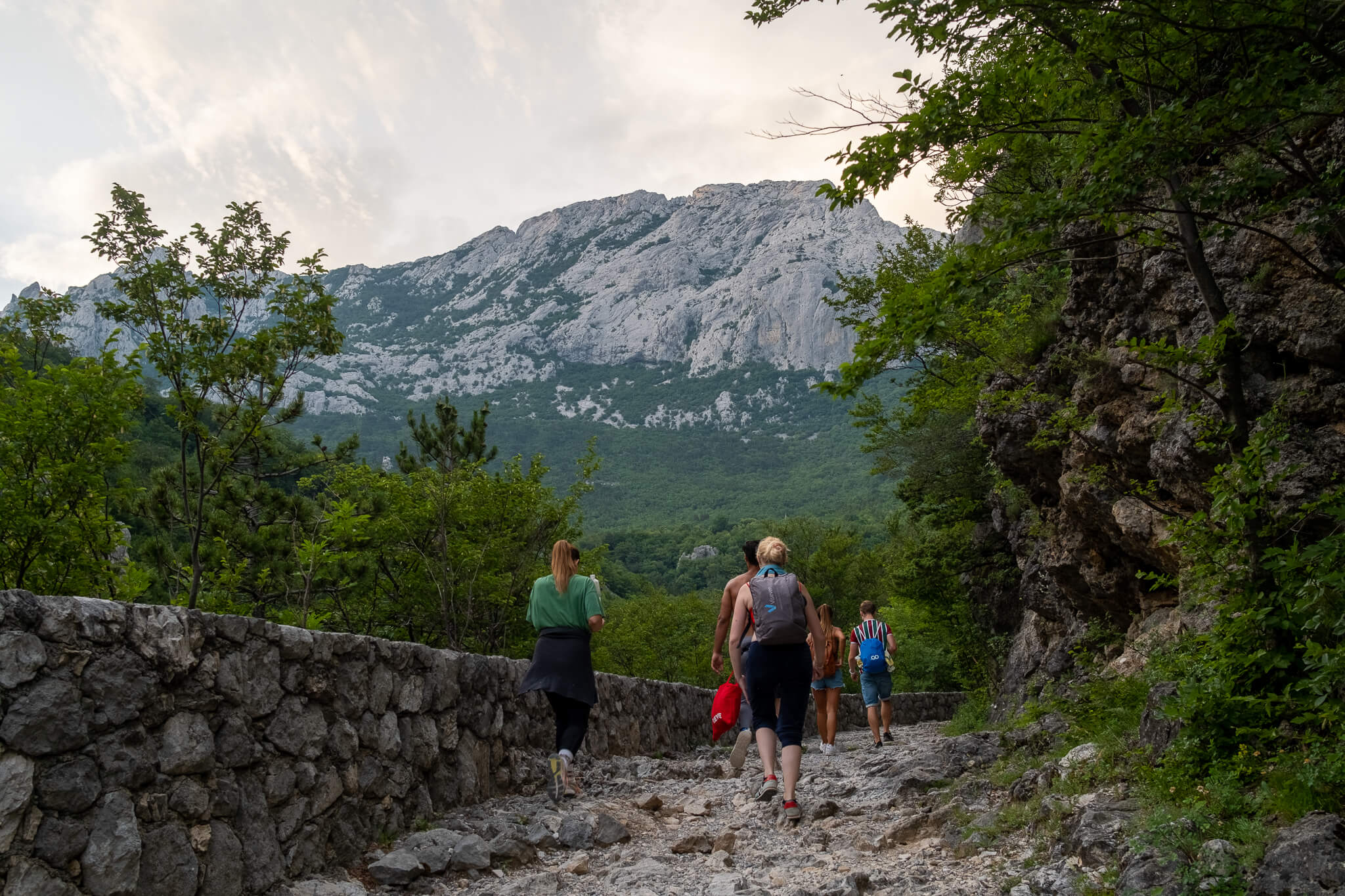
Zadar is reconnecting with the nature of Paklenica. (Photo: Jose Alfonso Cussianovich)
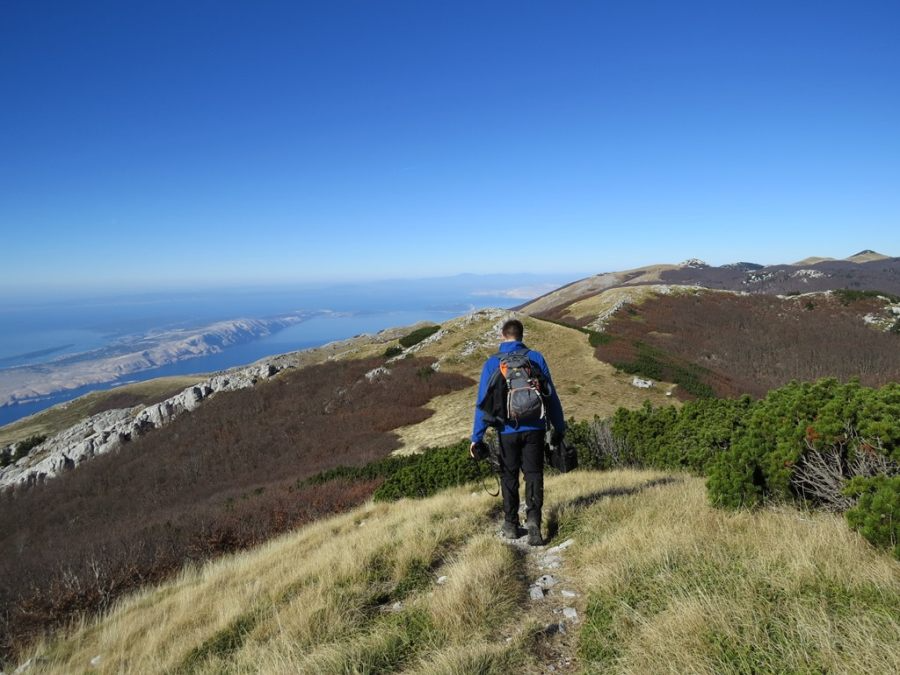
Zadar is hiking in North Velebit National Park. (Image: North Velebit NP)
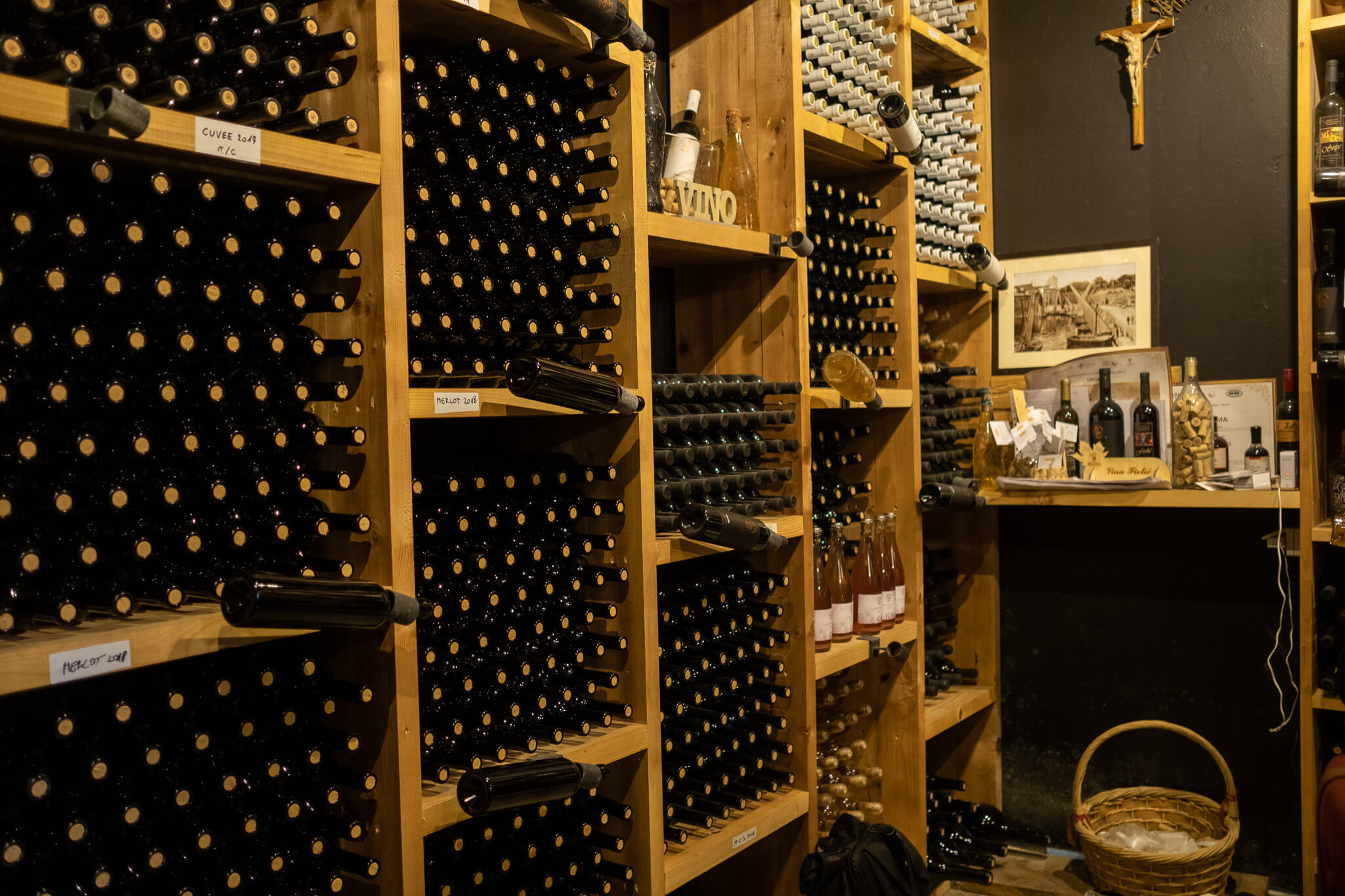
Zadar is tasting internationally recognized wines like those from Fiolić Winery. (Photo: Jose Alfonso Cussianovich)
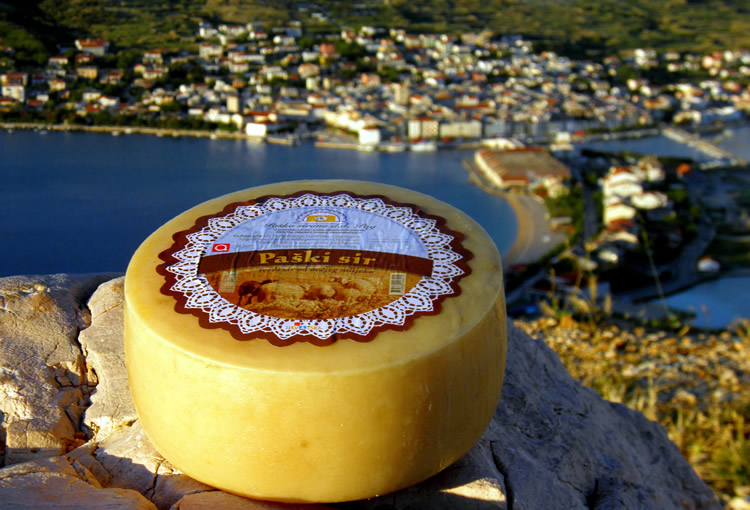
Zadar is trying the famous Pag cheese. (Image: Pag Tourist Board)
Zadar is all that, and much more. In the end, I think the lesson is to dare to look for something different than what we usually see in pamphlets, on TripAdvisor, or in the comments section of a Facebook group.
For more on travel in Croatia, follow TCN’s dedicated page.

